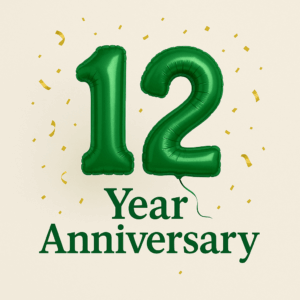 Background
Background
We recently sought clarification from FINTRAC as it relates to identification requirements that Factoring Companies (Factors) must comply with.
Factors supply liquidity to a customer in exchange for the cash value of a certain amount of the customer’s accounts receivable (i.e. invoices) to be collected later by the factoring company. A factor is defined as a person or entity that is engaged in the business of factoring, with or without recourse against the assignor.
If you missed it, Factors became reporting entities under the PCMLTFA effective April 1, 2025. As a reporting entity, Factors must have in place a compliance program and comply with various requirements, including identification requirements. Please refer to our previous blog post on Factors that outlines full requirements that factors must comply with.
Identification Requirements
Factors must confirm identification using prescribed methods for individuals and entities where they are required to keep a record as defined under section 24.14 of the
Proceeds of Crime (Money Laundering) and Terrorist Financing Regulations.
Section 24.14 states a factor shall keep the following records in respect of every factoring agreement that it enters into:
(a) an information record in respect of the person or entity with whom it enters into the agreement;
(b) if the information record is in respect of an entity, a record of the name, address and date of birth of every person who enters into the agreement on behalf of the entity and the nature of the person’s principal business or their occupation;
(c) if the information record is in respect of a corporation, a copy of the part of official corporate records that contains any provision relating to the power to bind the corporation in respect of transactions with the factor;
(d) a record of the financial capacity of the person or entity with which it enters into the agreement and the terms of the agreement;
(e) for any payment it makes; and
(f) a receipt of funds record in respect of every amount of $3,000 or more that it receives, unless the amount is received from a financial entity or public body or from a person who is acting on behalf of a client that is a financial entity or public body.
As it relates to the last record, funds may come from a party other than the factoring client (a third party) and in such instances it is not sufficient to rely on identification that would have been completed for the factoring client, but rather the third party would have to be identified.
Below is a response from FINTRAC:
Under the PCMLTFA, specifically section 24.14(f), a receipt of funds record must be kept for every amount of $3,000 or more, unless the funds are received from a financial entity, public body, or a person acting on behalf of such an entity.
In response to your question:
If funds are received from a party other than the identified factoring client, identification requirements may still apply depending on who that third party is.
If the third party is not:
-
- a financial entity,
- a public body, or
- acting on behalf of one,
then yes, identification and a receipt of funds record would be required, even if the factoring client has already been identified. This is because the receipt of funds record pertains to who the funds are actually received from, not just who the factoring agreement is with.
Identification of the factoring client alone is not sufficient if funds are received from another party who does not fall under the exemptions in s. 24.14(f). The source of funds must be identified and recorded accordingly.
The factoring company must take reasonable measures to identify the sender, document those efforts, and keep a receipt of funds record.
While this may prove to be challenging in some instances, demonstrating that reasonable measures were taken becomes critical.
We’re Here To Help
If you would like assistance in understanding what this mean to your business, or if you need help in creating or updating your compliance program and processes, please get in touch.









